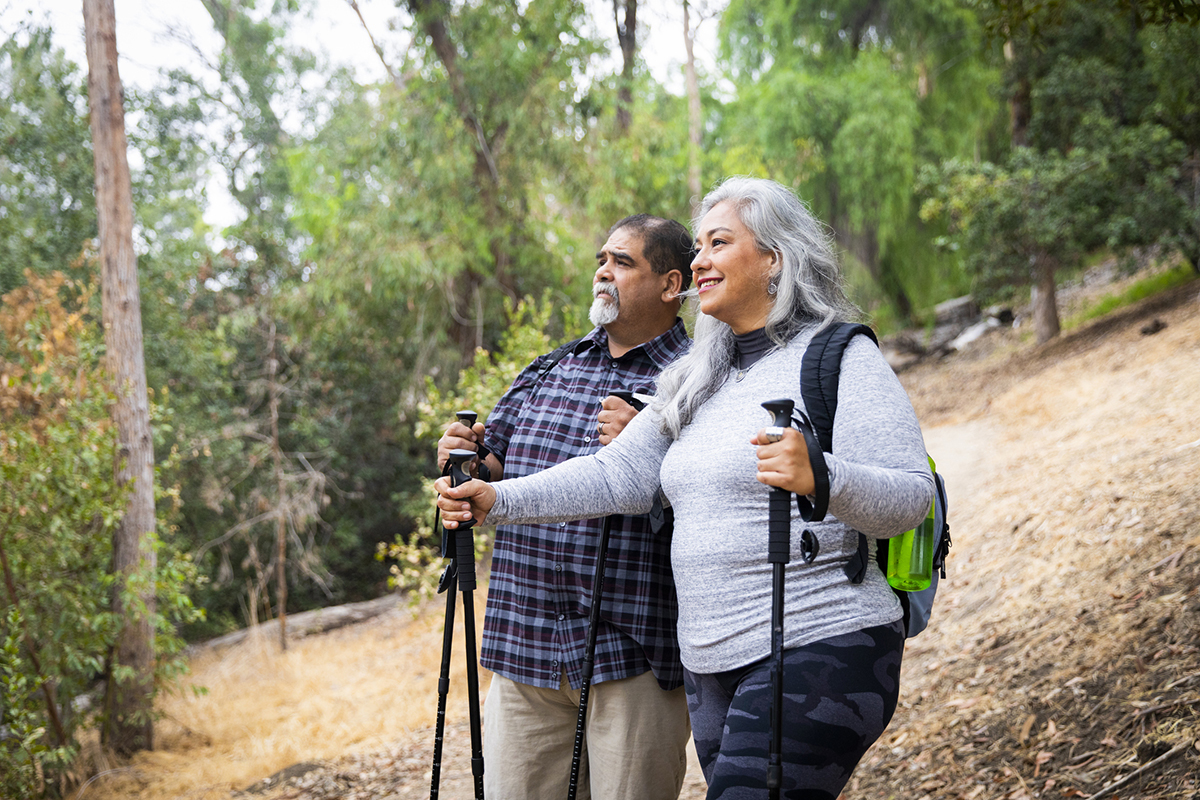At this point, the inevitable unraveling of the lockdown is underway. In many parts of the country, restrictions are being lifted, and people are emerging from self-imposed house arrest.
Even here in New York City, where I reside, the natives are getting restless despite government edicts reinforcing limits on business and recreation. Unusually cool and wet spring weather made it easier to comply with stay-at-home orders, but patience is wearing thin as temperatures warm. People are emerging en masse, car traffic is resuming, and businesses are reopening. Dire warnings from public officials notwithstanding, a mass jailbreak seems inevitable. Spring fever can’t be paused indefinitely.
Yet we have no vaccine, and despite encouraging predictions, a safe and effective shot may be a long way off. Not to mention people’s natural reluctance to be its first guinea pigs.
I believe that progress will be made towards a “cocktail” of effective drugs that will save a majority of the very sick; we’ve seen it happen with AIDS, but it took a decade or two of trial and error. Yet, there’s still no surefire cure for HIV, short of impractical bone marrow transplants, which have succeeded in a handful of cases, but at enormous expense and with harrowing side effects.
So that leaves us with two alternatives: 1) “Social distancing” with aggressive testing and contact tracing and scrupulous disinfection with all its attendant economic consequences (think restaurant, live entertainment, sports, travel, school, and workspace impacts), and 2) individual risk factor mitigation.
It’s been clear from the start that, while we can’t eradicate the bug at the present time, our best bet is to strengthen the “terrain” that offers the coronavirus a vulnerable host. “Poor protoplasm” due to comorbidities has been demonstrated to be a differentiator between mild infections and catastrophic outcomes. Do you have poor protoplasm? If so, it’s a call-to-action for aggressive preventive medicine.
It’s been said that age renders you more susceptible to COVID-19’s consequences, but is it practical to tell all over-65s to shelter in place?
There is well-known phenomenon called “immunosenescence”; like all bodily systems, the immune system ages and develops inefficiencies and weaknesses. But it can be plausibly argued that this process is not entirely inevitable, and can be at least partially forestalled via dietary and lifestyle interventions—as well as with targeted nutraceutical and innovative pharmacological agents. We’ve talked a lot here about supplements for immunity.
But, according to an article in The Conversation: “It is also possible that the reason why more men and elderly people are dying from COVID-19 is more simple. We know that the risk of fatal COVID-19 disease is almost twice as great if the person has underlying health conditions. Most of these health conditions show increasing prevalence with age, such as hypertension, which increases in occurrence from 7.5% in those under 40 to over 63% in those over 60. This increasing rate of predisposing health conditions could directly increase the risk of severe COVID-19 disease.”
In fact, we know that younger individuals are not exempt from risk of severe disease or death from the coronavirus. A May 12 article in Clinical Endocrinology News is entitled “Obesity Can Shift Severe COVID-19 to Younger Age Groups”.
According to the study’s lead author, David Kass, MD, a professor of cardiology and medicine at Johns Hopkins University School of Medicine in Baltimore, Maryland: “In that sense, there’s a simple message: If you’re very, very overweight, don’t think that if you’re 35 you’re that much safer [from severe COVID-19] than your mother or grandparents or others in their 60s or 70s.”
And you don’t have to be grossly overweight to be metabolically “unfit”. Conversely, you can be slightly above optimal weight, yet avert the metabolic consequences of obesity: inflammation, abnormal blood sugar with insulin resistance, and vascular problems heralded by hypertension and atherosclerosis.
The trouble is fewer and fewer of us are metabolically fit, and that number dwindles to almost negligible percentages as we age in America. A 2019 study entitled “Prevalence of Optimal Metabolic Health in American Adults” delivers dire news: Using simple criteria like waist circumference (<40 inches for males, 35 inches for females) blood pressure (<120/80) triglycerides (<150), HDL (>40 for males, >50 for females), fasting glucose (<100) and Hemoglobin A1c (<5.7) and not already on diabetes, hypertension or heart medication, the proportion of American adults considered “metabolically healthy” was a mere 12.2%!
Surprisingly, the absence of obesity didn’t guarantee metabolic health: less than one-third of normal-weight adults were metabolically healthy.
But age mattered. Less than one-third of over 60 adults had normal glucose, hemoglobin A1c, or blood pressure. Hence the percentage of metabolically fit seniors was vanishingly small—a mere 2.1%. Even for the middle-age cohort 40-59, only 9% met the criteria for optimal metabolic fitness.
These are the very individuals who are a flooding our hospitals and ending up on ventilators with life-threatening COVID-19 infections.
Admittedly the criteria are somewhat crude and amenable to fine-tuning with personalized medicine, but the study authors conclude:
“[The] prevalence of metabolic health in American adults is alarmingly low, even in normal-weight individuals. The number of people not achieving optimal levels of risk factors, even in low-risk groups [like the educated, or affluent], has serious implications for public health.”
In a recent Chinese study of patients hospitalized for COVID-19 it was found that “most patients (125 patients [74.4%]) had 1 or more comorbidities. . . Hypertension was the most common comorbidity (84 patients [50.0%]), followed by diabetes (42 patients [25.0%]), and ischemic heart disease (31 patients [18.5%])”. Preliminary results here in the U.S. suggest the proportions of seriously ill patients with comorbidities may be even higher among Americans.
Do you consider yourself metabolically fit? The good news is that, for the most part, optimization of metabolic fitness is attainable via a few simple lifestyle modifications. And while the fervent search for coronavirus vaccines and drugs is underway, aggressive preventive medicine may be the only game in town, short of long-standing, economy-strangling social distancing measures.
I want to take a moment to wish all my readers a safe and happy Memorial Day! I hope you find ways to observe the holiday in these unusual times, even if our celebrations don’t look quite the same as in years past. I also want to thank any of my readers who’ve served in our military, or any whose families have been impacted by those who’ve made the ultimate sacrifice in their service.







